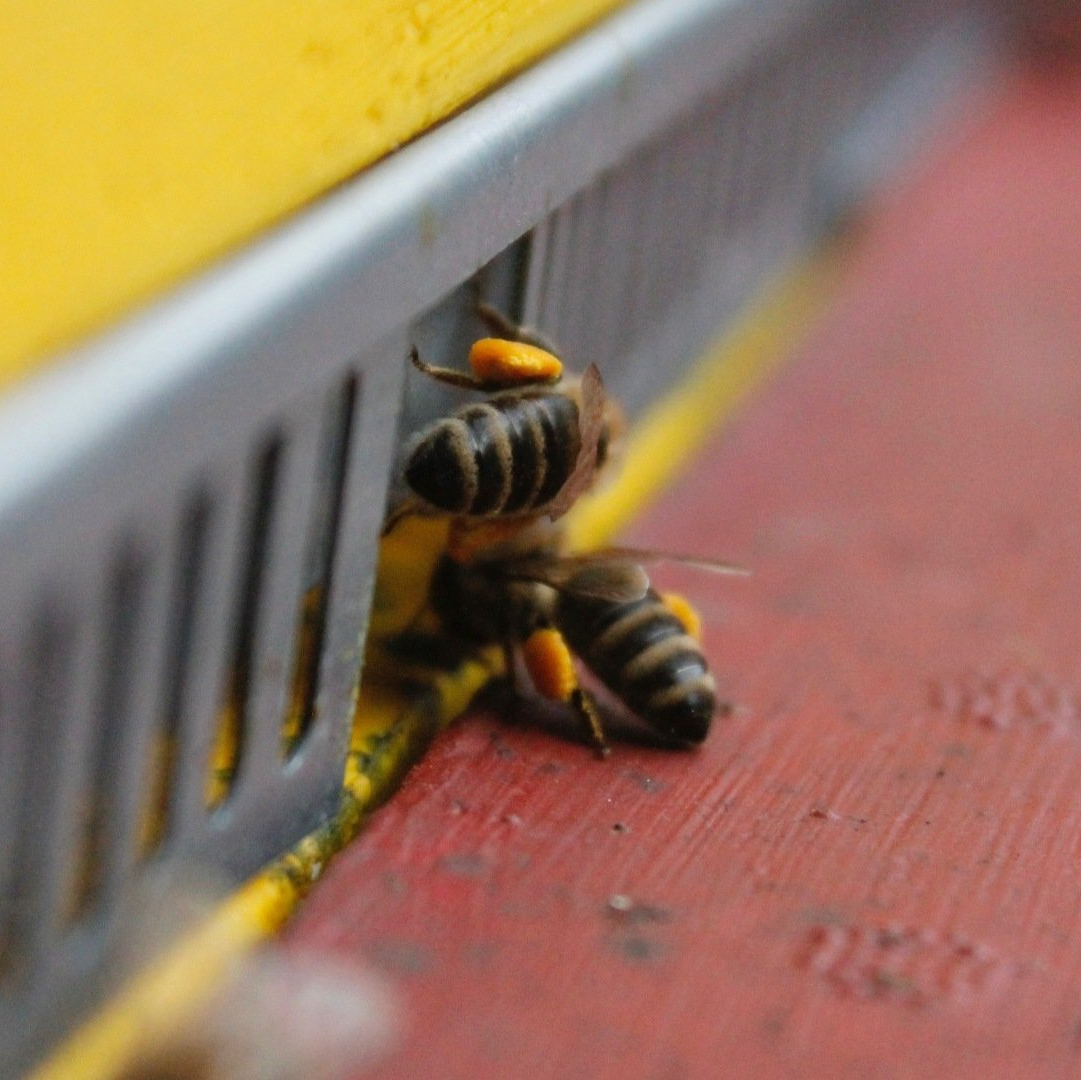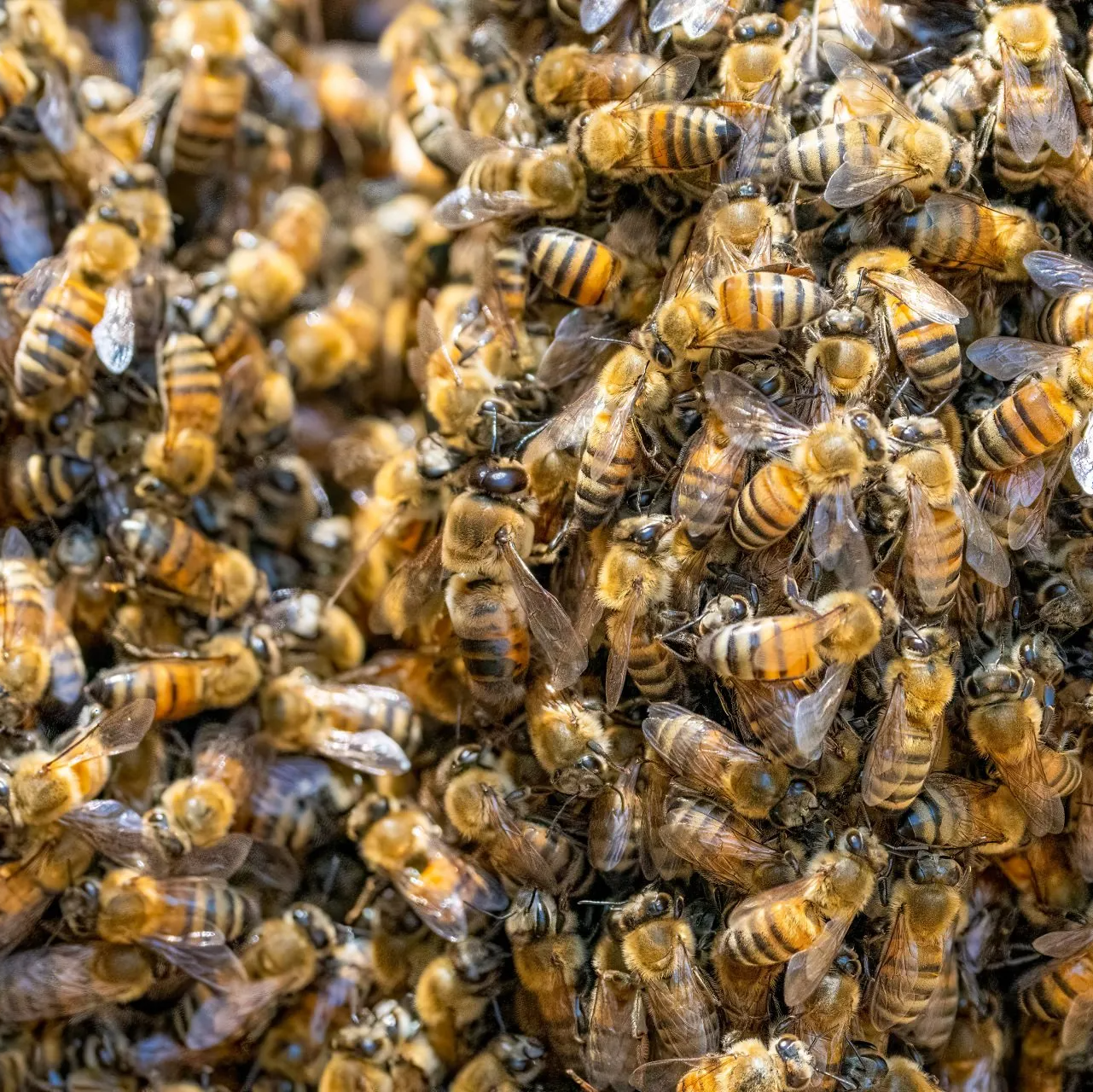What to do with a bee swarm?
If you have a swarm at your home and you doubt whether they are honey bees, take a look here first and discover which insects are in your garden.
These critters look alike.
How can you tell them apart?
We put all there features again
lined up for you.
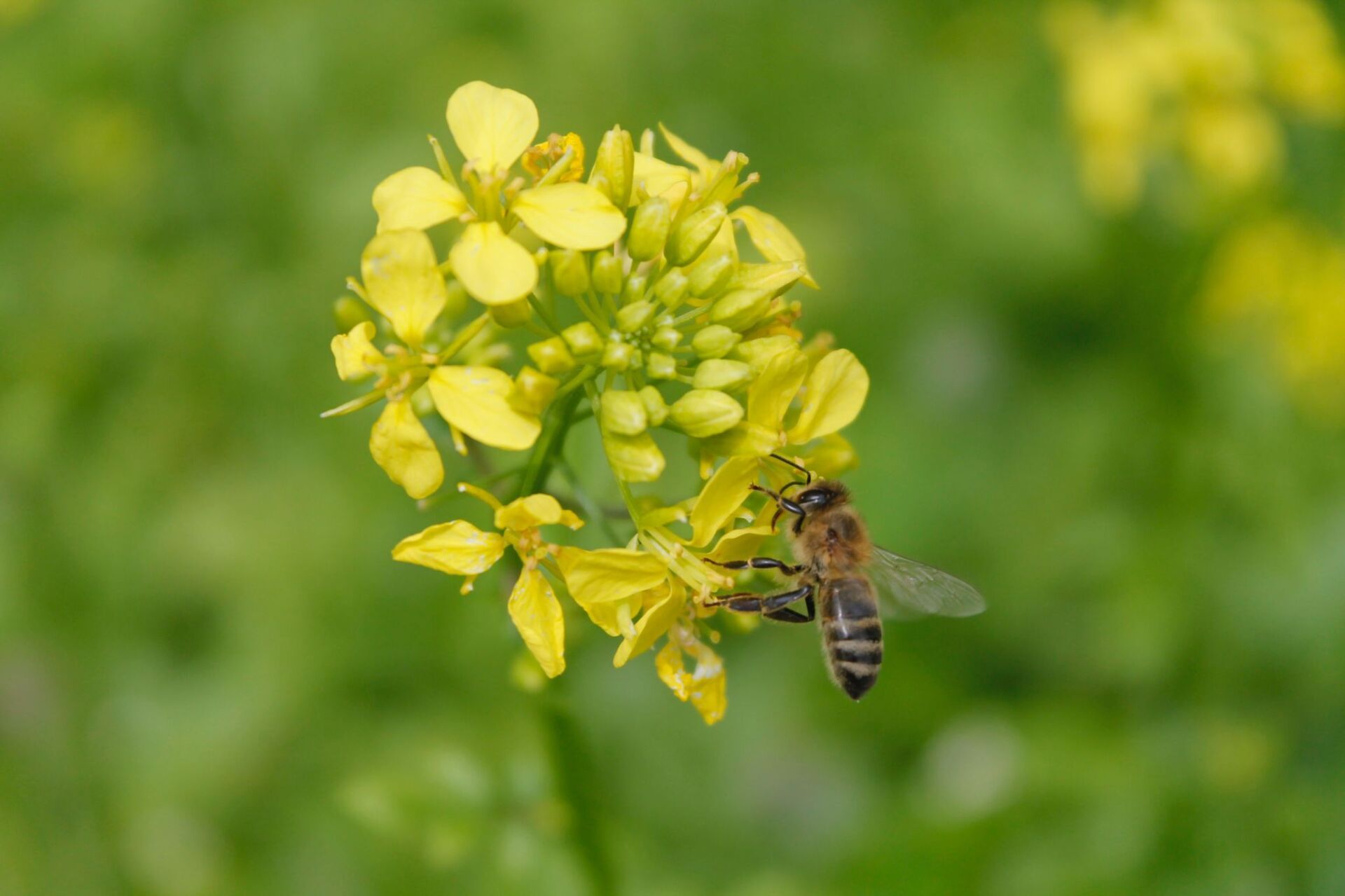
The honeybee
You can recognize the honey bee by its brown color with lighter stripes. Like swarms of bees, they all hang in a bunch on a branch.
Apikultuur is happy to collect your bee swarm. You even get a jar of honey in return.
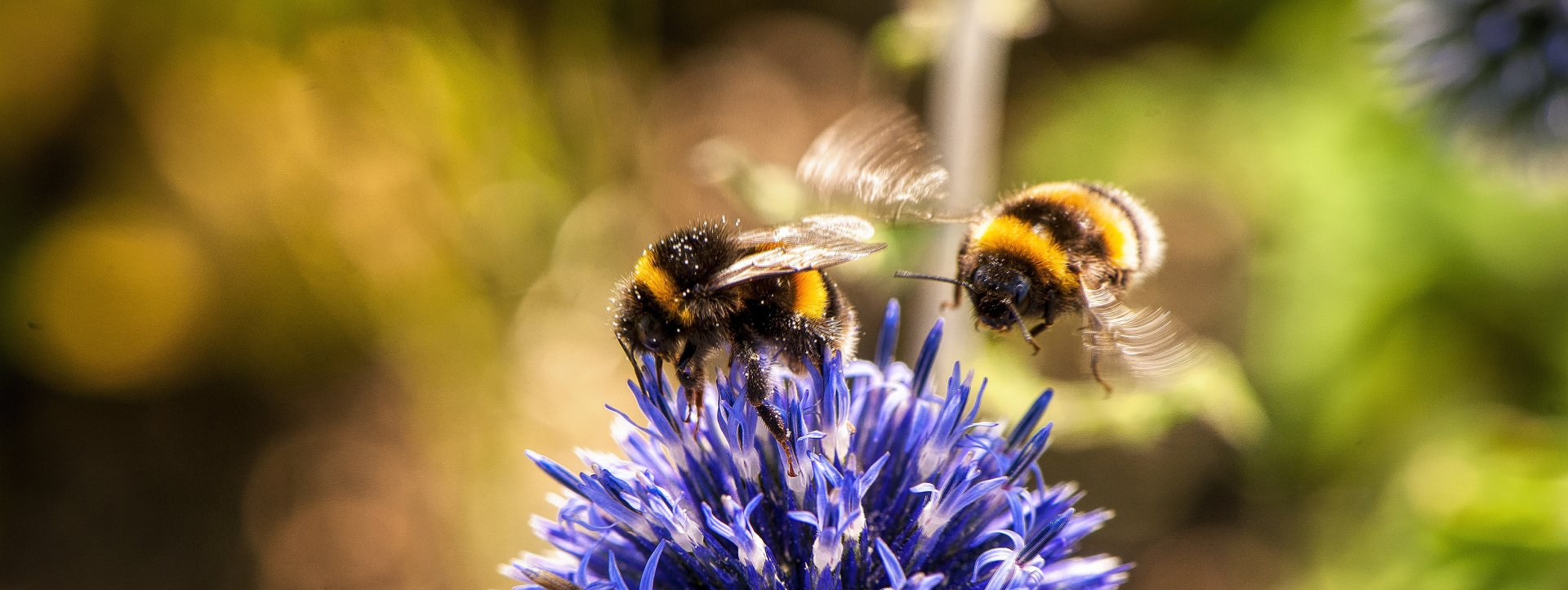
The Bumblebee
These cheerful and loud humming animals are easy to recognize by their fluffy appearance.
Did you know that there are more than 30 different bumblebee species in Belgium.
If you can leave them, it's good for you and nature. Apikultuur will always recommend leaving bumblebees.
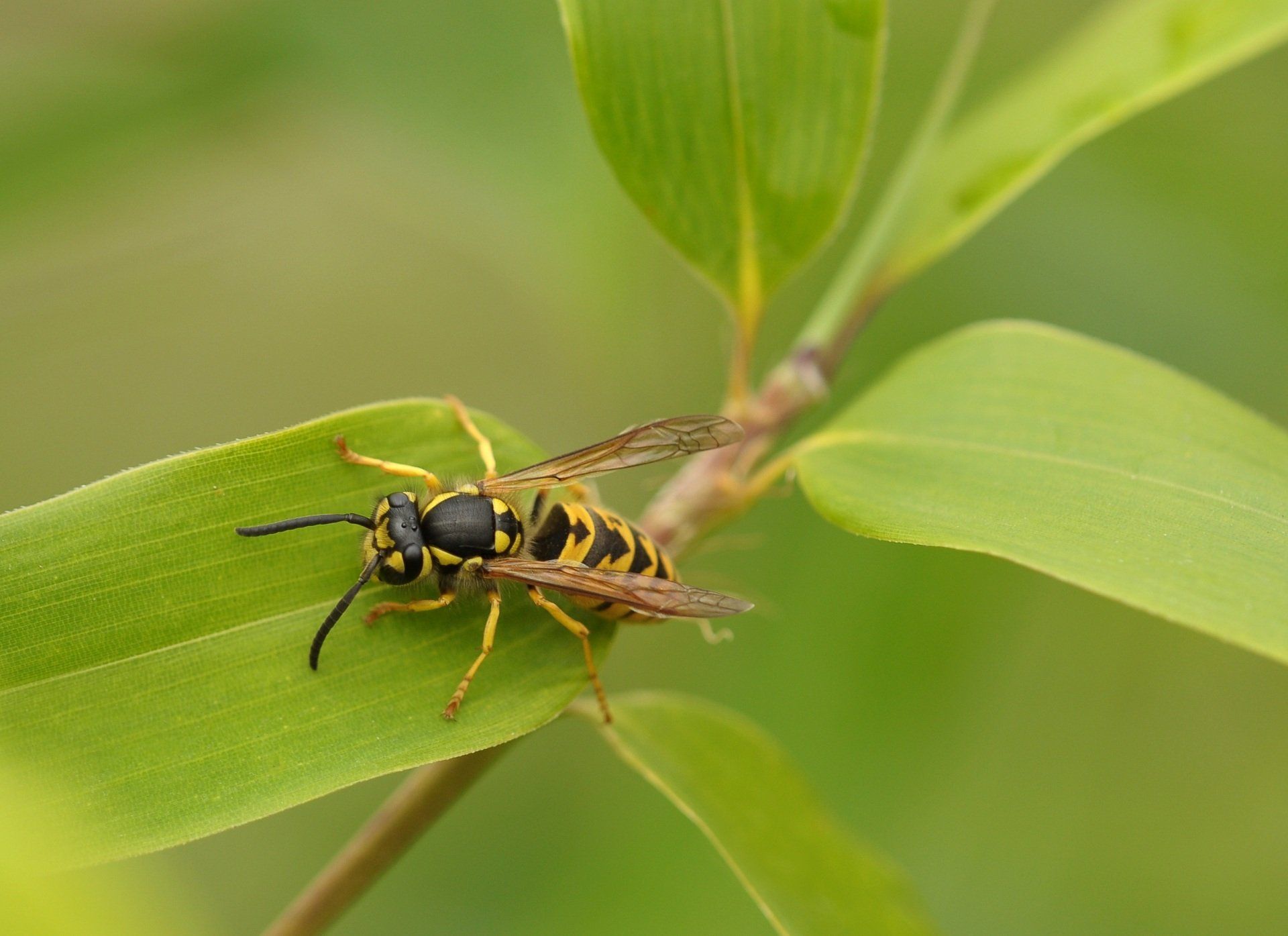
The wasp
A wasp can be recognized by its smooth body with clear black and yellow stripes on it. They have a bad reputation, but are actually very useful! They eat mosquitoes, and thus ensure a good night's sleep!
Apikultuur always advises not to exterminate wasps, unless they threaten the local residents.
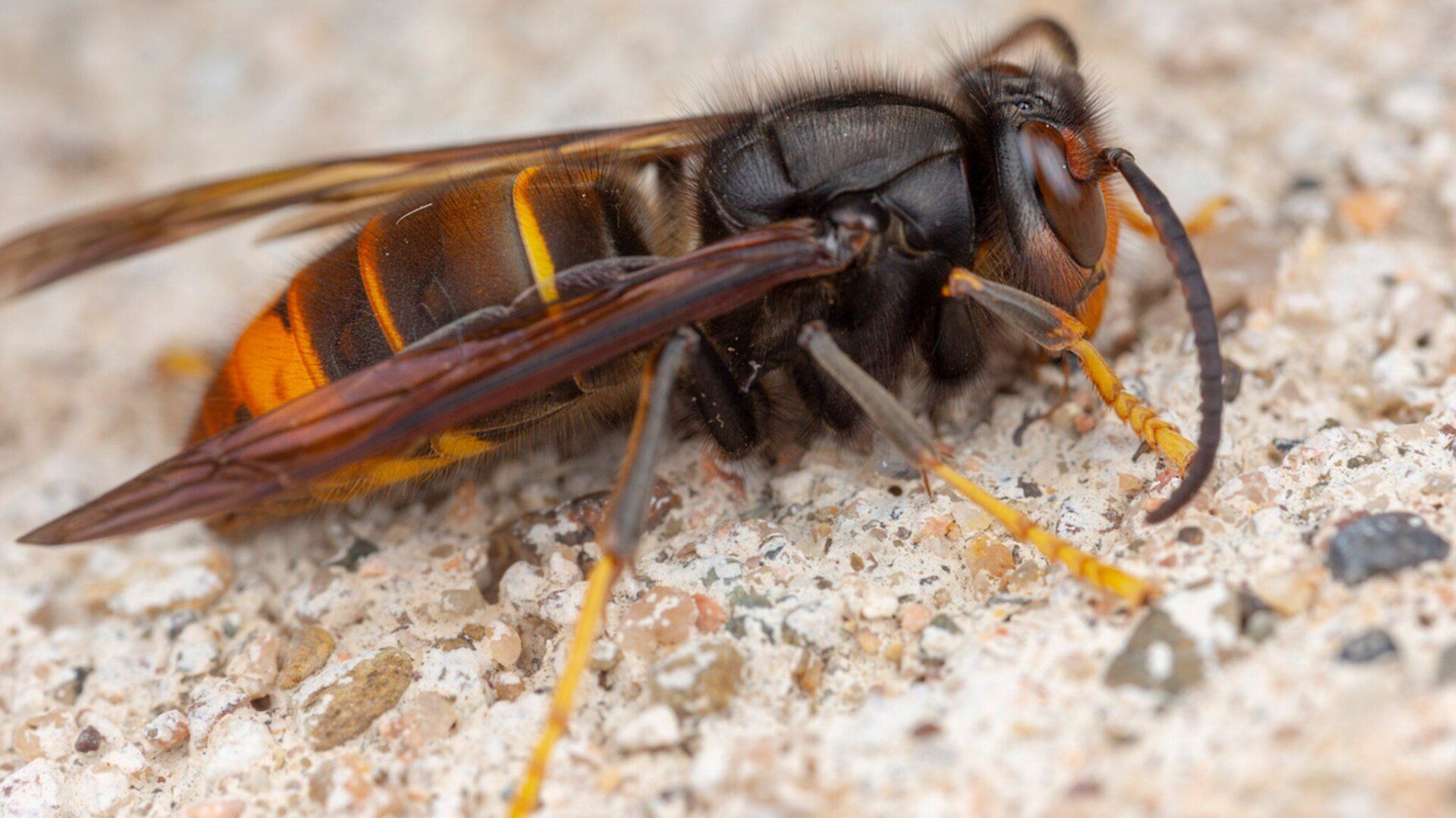
The Asian hornet
The Asian hornet is a danger to our native bee and bumblebee species. She is known for attacking and looting honeybee nests. So it is very important to report this to www.vespawatch.be
The Asian hornet is often confused with its European counterpart. At 3.5 cm, it is slightly smaller than the European variant.
Never attack a hornet's nest yourself, always call in the fire brigade!
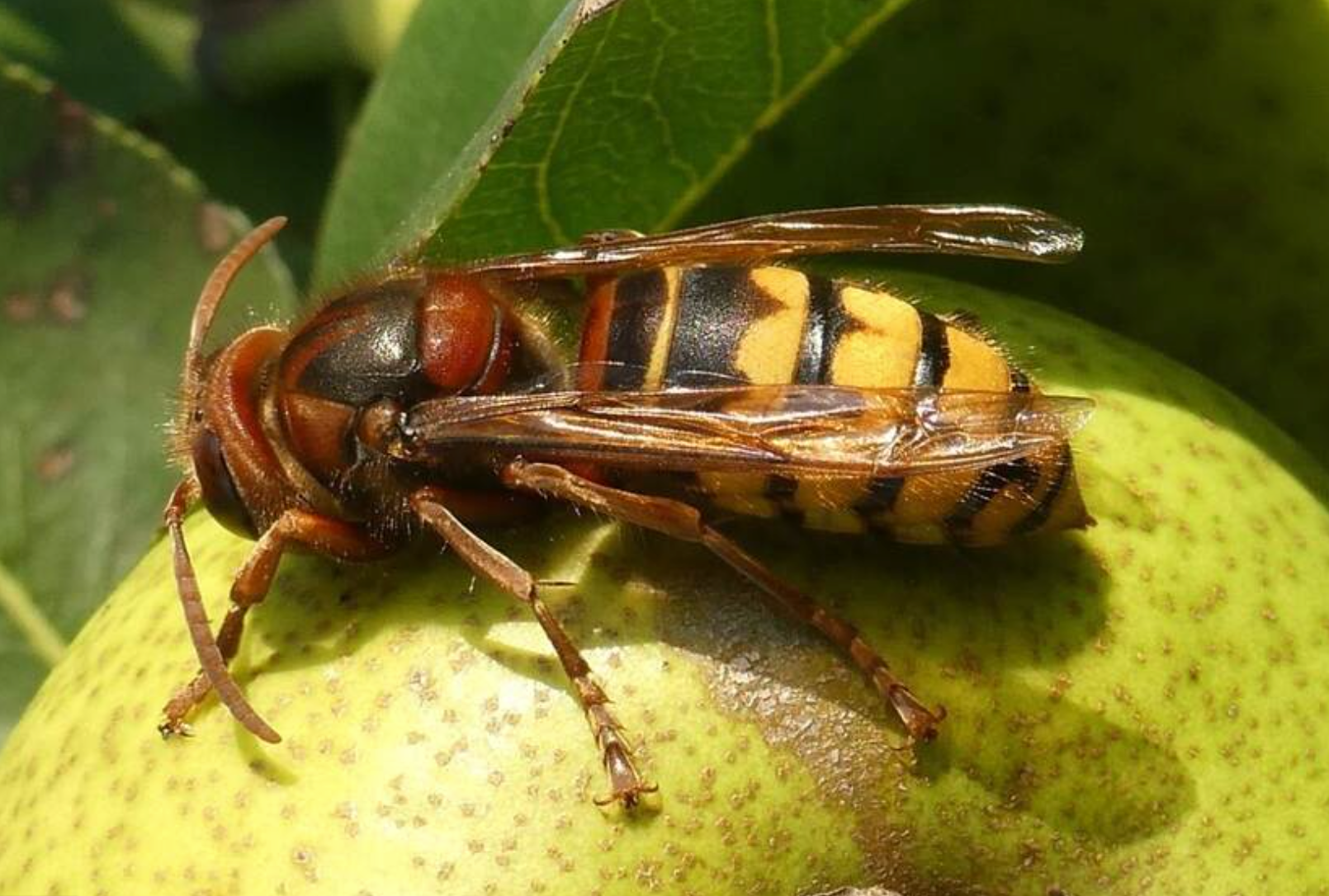
The European hornet
De Europese hoornaar, ook wel paardenwesp genoemd, heeft een rode schijn aan zijn hoofd en een geel/zwart gestreept lijf.
Dit dier kan tot 4 cm lang worden en is hiermee veruit de grootste wespachtige in België en Nederland.
De Europese hoornaar is een bedreigde diersoort en mag daarom niet verdelgd worden.
FREQUENTLY ASKED QUESTIONS
Hello! Do you have any questions, we have the answers. (Or most of the time!)
-
When of the year is honey available?
It takes a lot of bees, flowers and time to produce honey. In a good year, two harvests can be made: at the end of spring (late May - early June) and during the summer months. And then you have to wait until the next year. So stock up in time, because you'll run out.
-
Help, my honey has crystallized! Is this bad now?
No, on the contrary. It is a sign that you have bought pure honey without additives. Pure honey will always crystallize. Heat the jar of honey to 40 degrees au bain marie, then your honey will become liquid again.
-
Is your honey organic?
No, organic honey is a protected term. One of the requirements to speak of organic honey is that there is no industry, non-organic farming or traffic within a radius of 5 to 7 kilometers. And that is almost impossible in our small country.
-
Does local honey help with hay fever?
Its effect has not yet been proven. But nothing stops you from experimenting yourself.




